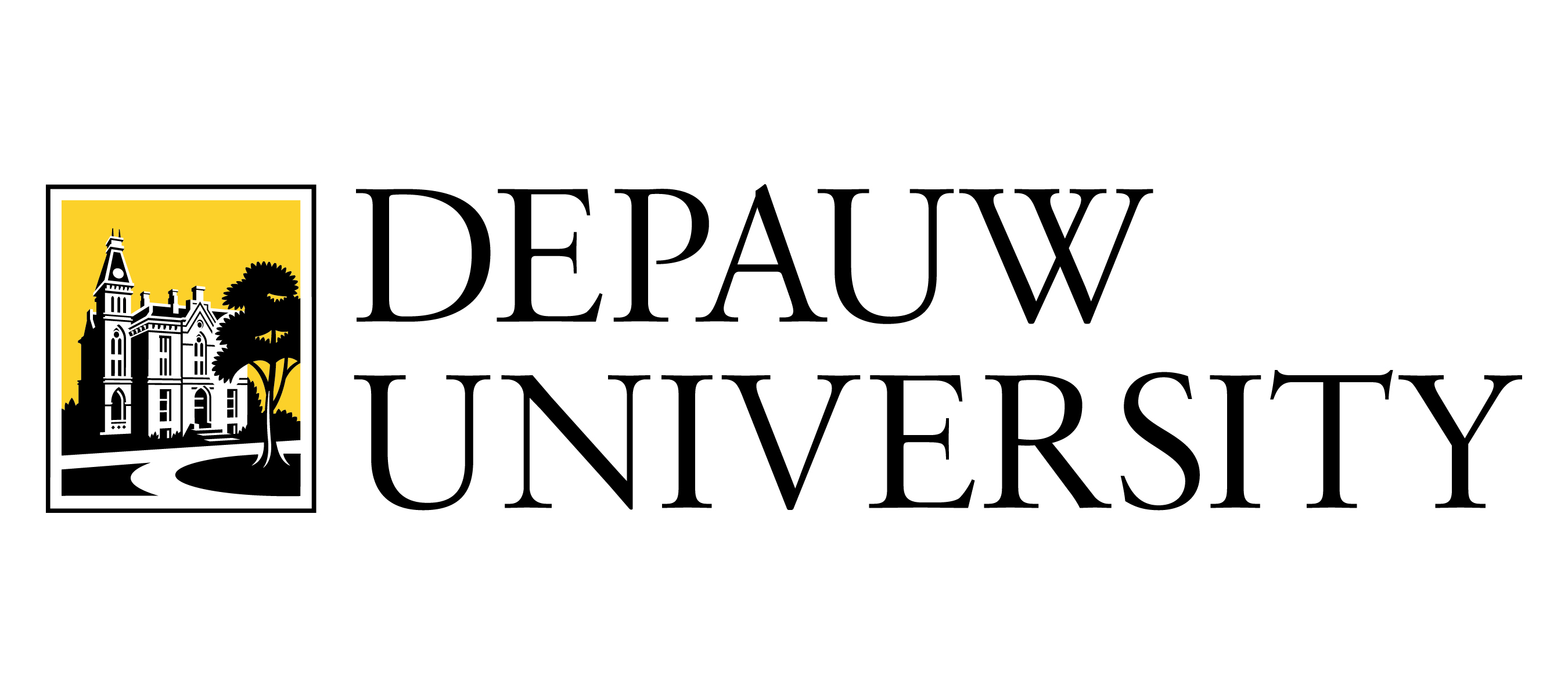Document Type
Syllabus
Publication Date
Spring 2024
Course Description
Why Does This Course Matter? Can a bone be read like a book? This course approaches the archaeological analysis of human bones through both cultural and biological lenses. How do we read personal histories of disease, violence, labor, and migration in human bones? What stories do ancient people’s bodies tell us not only about their lives but also about the societies in which they lived? Did ancient people think of death in the same way that we do? This course will begin to unravel such mysteries for you. How This Course Will Help We have three main tasks for the semester. First, I wanted you to understand what sort of information archaeologists can glean from human remains and how they do so. Toward this end, we will explore the skeletal identification and analysis of sex, age at death, diet, disease, injury, and migration. Our second task is to understand what the analysis of human bones and burial practices can reveal about the economic, social, and ideological organization of ancient societies. Our focus here will include mortuary rituals and the relationship between the living and the dead. A final major task this semester is to improve your confidence and capability working with quantitative data. You will practice making calculations and interpreting quantitative data relevant to the analysis of human bones. You will also learn how to effectively represent quantitative data visually and how to use such data to make sound judgments and persuasive arguments.
Recommended Citation
Marshall, Lydia Wilson, "ANTH 261 Archaeology of the Body Marshall Spring 2024" (2024). Course Syllabi. 228, Scholarly and Creative Work from DePauw University.
https://scholarship.depauw.edu/records_syllabi/228



Student Outcomes
Students will be able to . . .